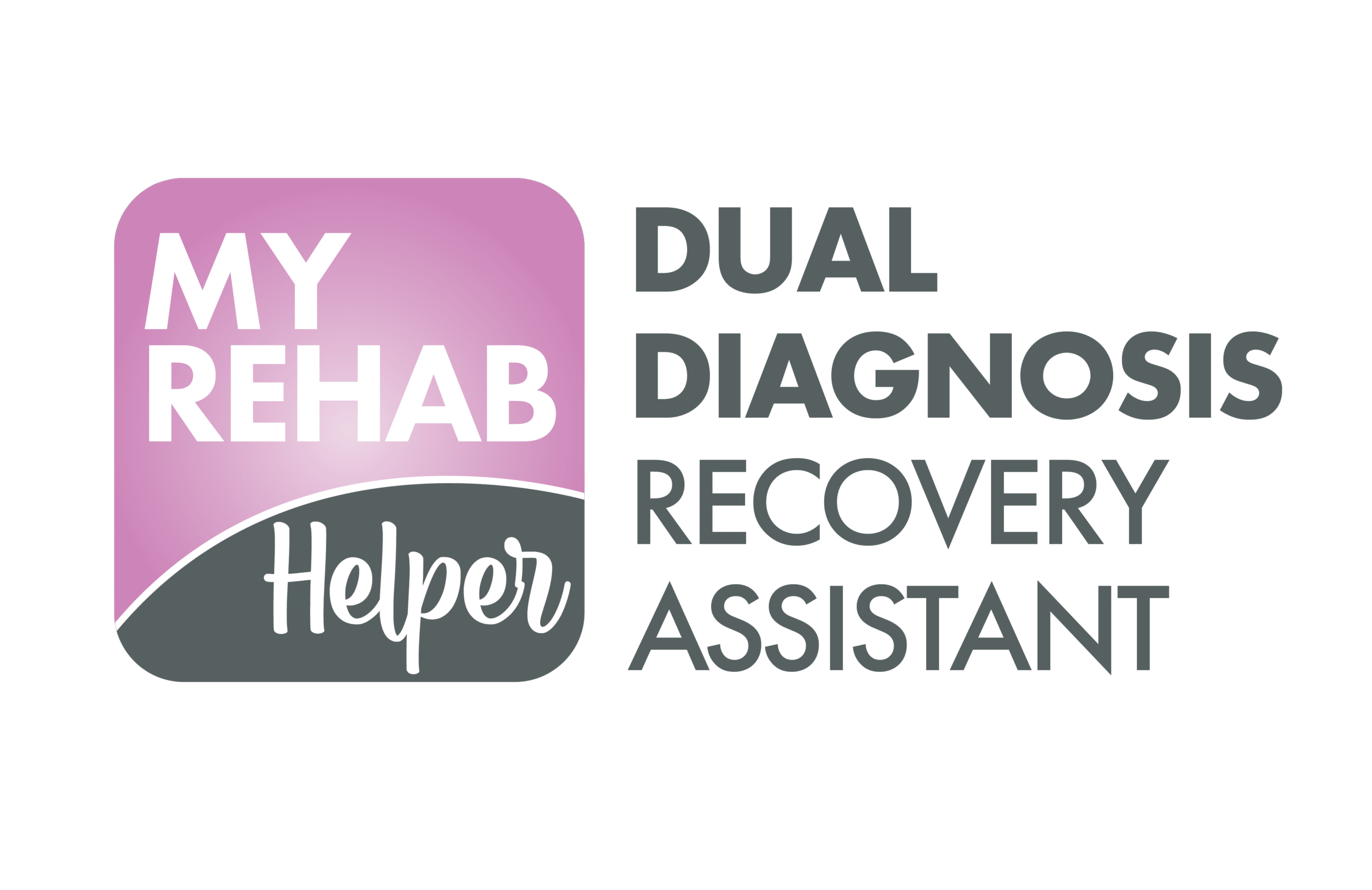
What Causes Cravings
What Causes Cravings—and How to Manage Them
Cravings are a natural part of recovery and can be triggered by various internal and external factors. Emotional stress, environmental cues, or even memories associated with substance use can spark strong urges. These cravings can feel overwhelming and intense, making it difficult to stay focused on recovery goals. However, managing cravings is possible with the right tools and strategies. By understanding the root causes and preparing for them, you can maintain your progress and reduce the risk of relapse. Let’s explore how to recognize and cope with cravings in a healthy and empowering way.
Understanding Cravings in Recovery
Cravings can be one of the most challenging aspects of recovery. They often arise suddenly and may feel like they’re beyond your control. But understanding cravings helps reduce their power over you.
Cravings typically stem from both physical and psychological factors. While the body adjusts to life without substances, the brain may still associate certain activities, people, or emotions with previous substance use. These associations can activate powerful urges.
It’s important to know that cravings are temporary. They usually pass within minutes if you respond to them in a healthy way. Recognizing them for what they are—a signal, not a command—can give you the upper hand.
Common Triggers That Spark Cravings
Cravings don’t come out of nowhere. They’re often linked to specific triggers. These can include:
-
Emotional stress like anxiety, sadness, or frustration
-
Environmental cues such as certain places, sounds, or smells
-
Social interactions involving people from your past substance use
-
Routine habits—even a specific time of day
Becoming aware of your personal triggers is a major step toward managing cravings. Keep a list or journal of when cravings hit, what you were feeling, and what was happening around you.
This self-awareness helps you avoid or prepare for situations that might lead to cravings.
How the Brain Responds to Cravings
Understanding the brain’s role in cravings can help you feel more in control. When you experience a craving, your brain is essentially responding to a learned association between a trigger and the reward of substance use.
Dopamine—the chemical linked to pleasure and reward—is heavily involved. Even after quitting, the brain might still release dopamine when it expects a substance, reinforcing the craving.
But the good news is that your brain can rewire itself over time. With consistent, healthy choices, you can form new associations and responses, reducing the intensity and frequency of cravings.
Healthy Strategies for Managing Cravings
When a craving strikes, having a set of healthy responses can make all the difference. Here are a few proven techniques:
-
Delay: Remind yourself that cravings are temporary. Set a timer for 10–15 minutes and distract yourself with a task.
-
Distract: Go for a walk, call a friend, or engage in an activity that requires focus.
-
Deep breathing: Slow, intentional breathing calms the nervous system and helps reduce anxiety.
-
Positive self-talk: Remind yourself why you’re in recovery and how far you’ve come.
-
Stay hydrated and nourished: Sometimes physical needs like hunger or dehydration can mimic cravings.
The more you practice these strategies, the easier they become.
The Power of Routine and Structure
Cravings often thrive in chaos or boredom. Creating a structured daily routine gives your mind and body a sense of stability.
Plan your days with meaningful activities—work, exercise, meals, relaxation, and sleep. Knowing what comes next reduces uncertainty and stress, both of which can trigger cravings.
Routine also helps you replace old habits with new, healthier ones. Over time, these habits become second nature, reducing the space that cravings once occupied.
Support Systems Make a Difference
Having people to turn to when cravings hit can change everything. Whether it’s a friend, family member, therapist, or support group, reaching out keeps you grounded.
Don’t wait until a craving feels unmanageable. Instead, check in regularly with your support network. Share how you’re feeling and what you’re experiencing.
Even just talking about a craving can reduce its power. Connection is a powerful antidote to the isolation that cravings often feed on.
How Long Do Cravings Last in Recovery?
Cravings often peak in the early stages of recovery but can still appear occasionally later on. Most cravings last a few minutes—recognizing this can help you ride them out safely.
Are Cravings Normal in Long-Term Recovery?
Yes, cravings can occur even years into recovery. They don’t mean you’ve failed—they’re a normal part of the brain’s adjustment. Managing them becomes easier with time and experience.
Can Cravings Be Triggered by Positive Emotions?
Absolutely. Celebrations, excitement, or even nostalgia can act as unexpected triggers. Stay aware of your emotional responses, even the positive ones.
What If a Craving Feels Too Strong to Handle?
Reach out immediately to someone in your support system. You don’t have to go through it alone. Also, revisit your coping strategies and remember—this moment will pass.
Do Medications Help With Cravings?
In some cases, yes. Medications like Naltrexone or Acamprosate may be prescribed to help reduce cravings. Always consult a medical professional to explore your options.
Cravings are a natural part of the recovery process, but they don’t have to derail your progress. By understanding their root causes, recognizing your triggers, and responding with healthy coping strategies, you can manage cravings effectively. Build a structured life, lean on your support system, and stay committed to your goals. Every craving you overcome makes you stronger. You’re not alone—and you’ve got the tools to succeed.
